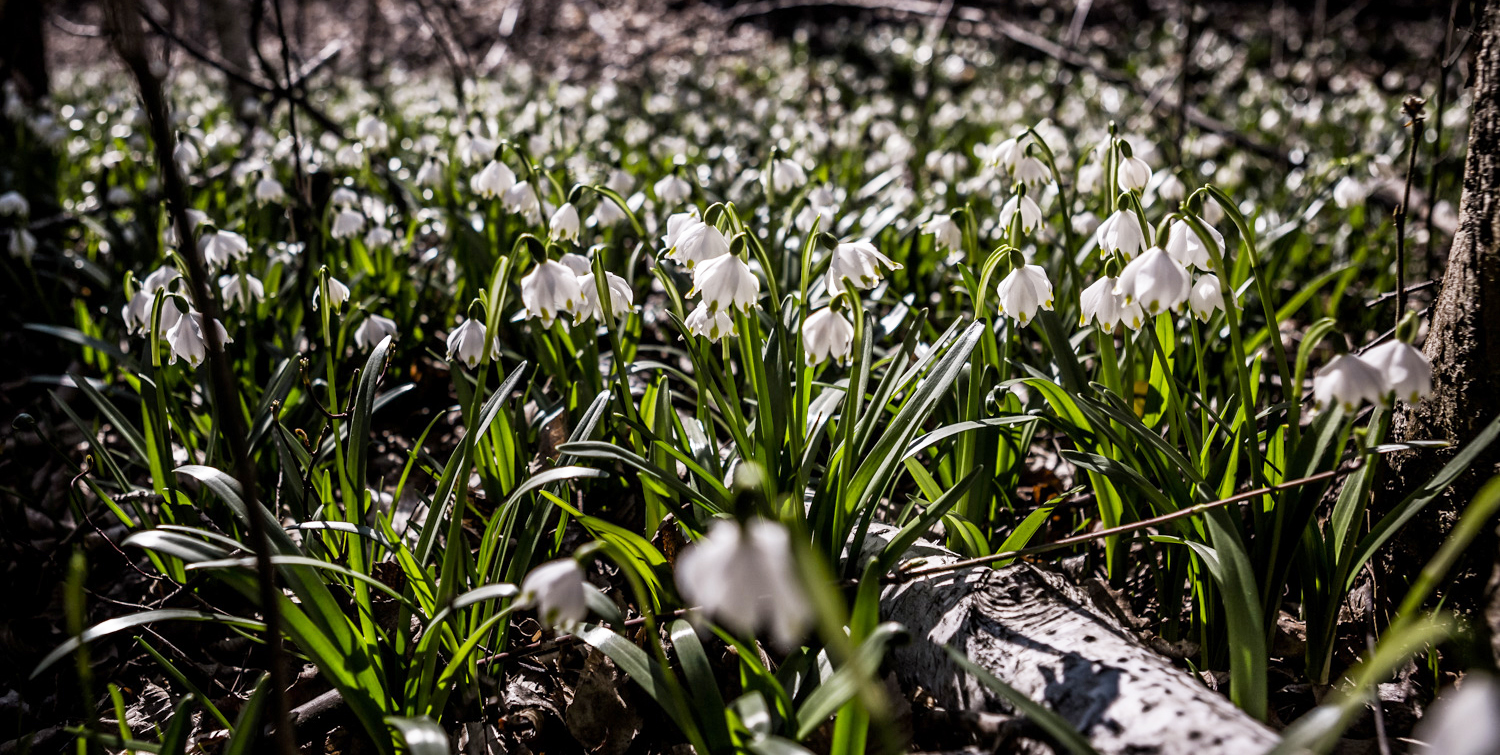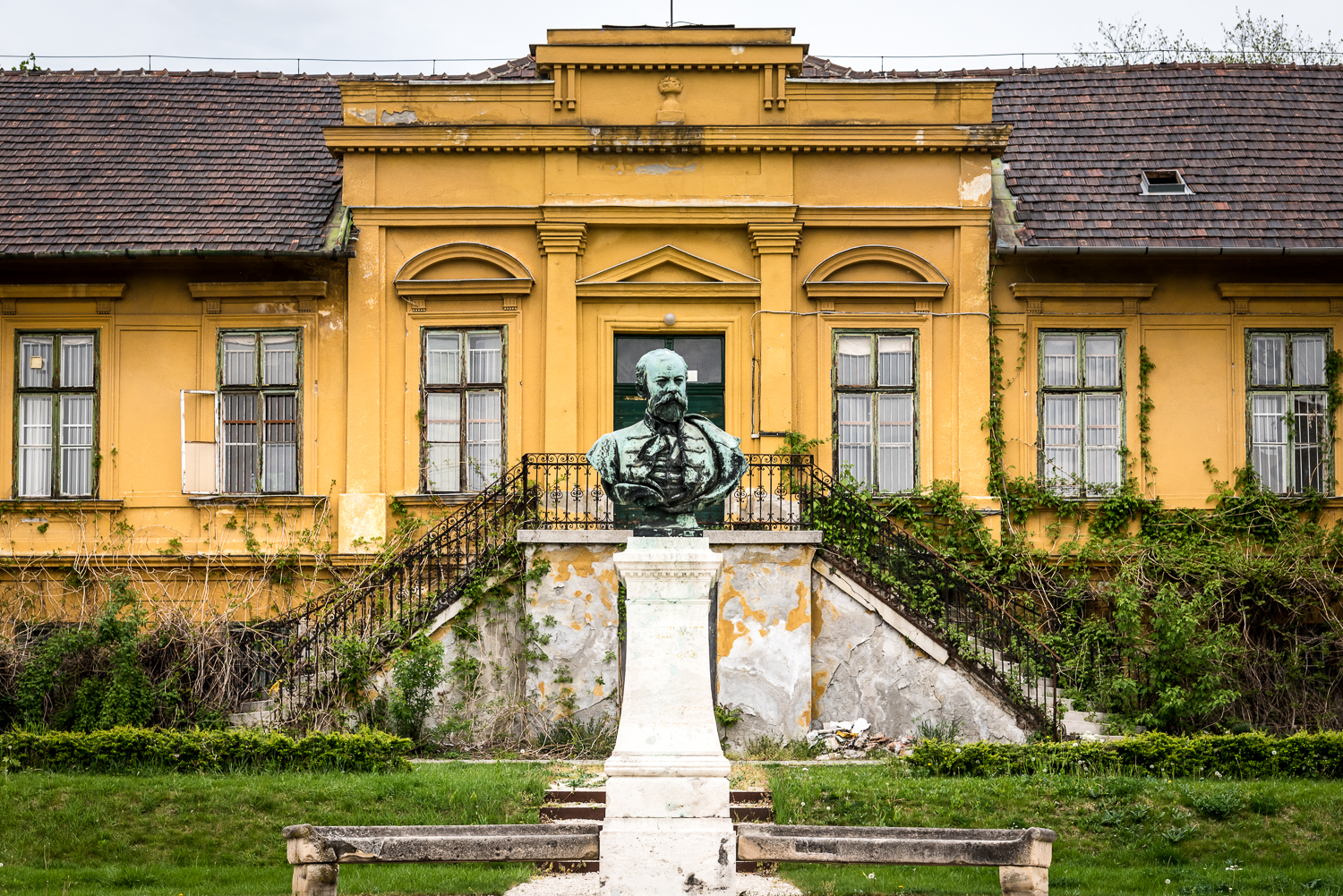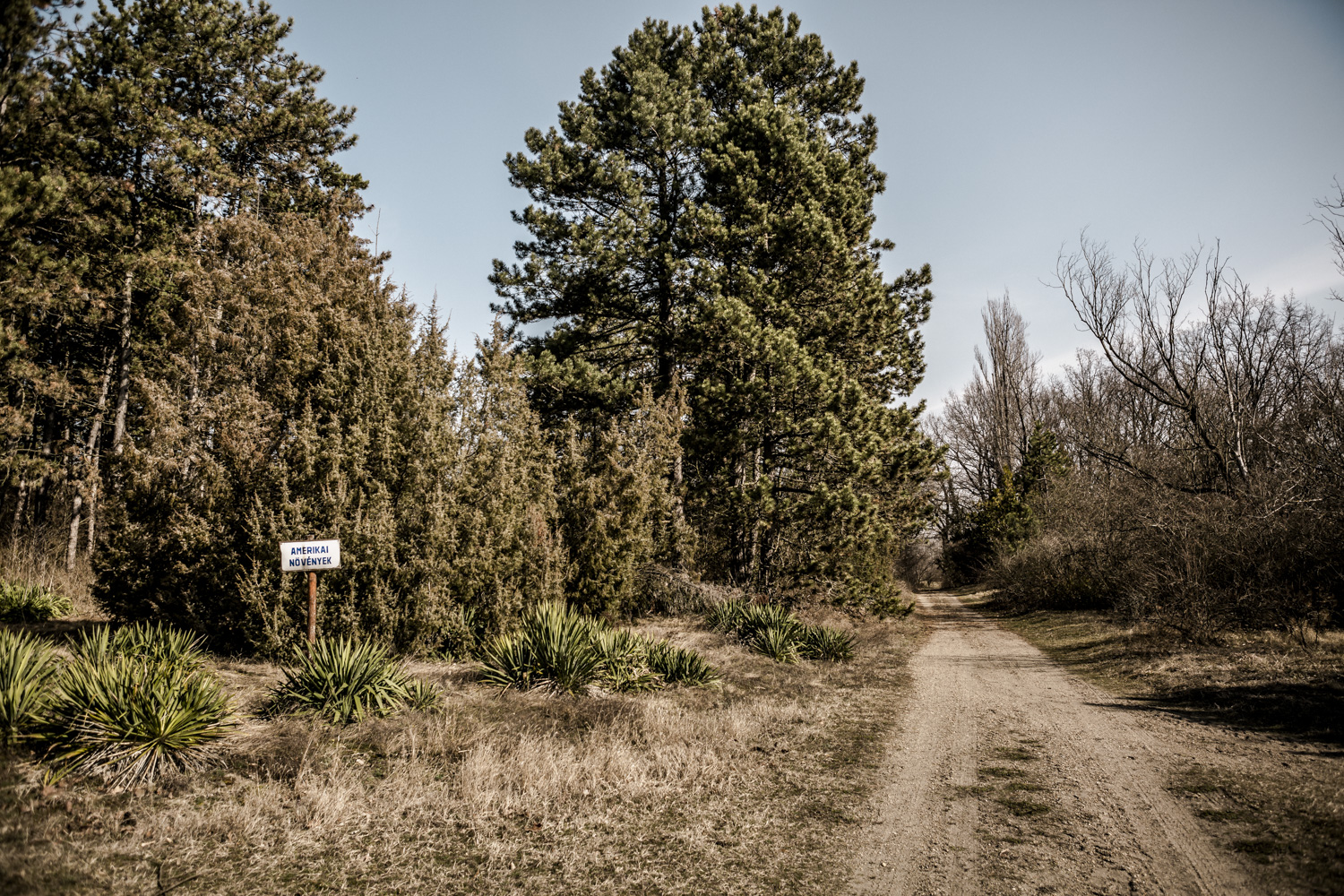1/3
Füvészkert
The Füvészkert was founded in 1771 in Józsefváros, just a ten-minute walk away from the Klinikák metro station. The botanical garden houses 8,000 different plant species and variants, including the Wollemi pine (dating back to the era of dinosaurs), the flowering witch hazel, and the fragrant honeysuckle. It’s already well worth exploring the garden’s 3.1 hectares of land because of the spring wildflowers. Everything is signposted, and a mobile application, FiloGuide, can provide us with additional information, as well. However, if we prefer, we can also go on a guided tour.
This garden’s Palm House is one of the oldest in the country (dating back to 1865), with tropical conditions and a small pond inside, where we can find various kinds of palm trees, as well as trees and plants growing avocado, aloe vera, coffee, papaya, dragon fruit, and bananas. There are regular tastings of these exotic fruits in the fall and several other programs throughout the year. The next event, Annunciation Day, will be held on March 25th, followed by the two-week cherry-blossom celebration beginning on April 8th.
ELTE Füvészkert
Opening hours: Monday-Sunday, 9am-4pm
Entry fee: adult - 950 HUF, discounted - 500 HUF, yearly - 6000 HUF, guided - 3000 HUF
2/3
Buda Arboretum
One of the country’s richest arboretums is located right in the middle of the city, so we don’t have to travel far to this botanical garden, once abundant in grapevines, and now filled with various plants and book-clutching university students. The arboretum, found at the foot of Gellért Hill behind the Feneketlen Lake, is a nature reserve and a university campus in one; future gardeners, landscape architects, viticulturists, and beer brewers study here.
But they are not the only ones with access to the somewhat chaotic garden – anyone can explore the premises of 7.5 hectares to spend a few hours among the ponds, rock gardens, organic gardens, and greenhouses. On our field trip, we saw flowers such as croci and crested larks, but by this weekend, the violets are sure to bloom, as well. The best goods are still to come, however, including cherry blossoms, tulips, common lilacs, and many other plants.
Buda Arboretum
Opening hours: Monday-Sunday, 8am-6pm
Entry fee: none
A pond can also be found in the arboretum, with benches and a large, grassy area next to it, which will soon have an open fireplace where we can fry bacon and sausages. Although it’s still early in spring, there are many blooming flowers to spot, including spring snowflakes, winter aconites, small periwinkles, snowdrops, and squills, as well as almonds, hellebores, and honeysuckles. The woodland crocus, usually rare in Hungary, is blooming as well, and within a few weeks, the first violets, primroses, and lungworts will appear, too. At times like these, even a single warm day can make a lot of difference, surprising both the gardeners and visitors. The garden’s events are worth paying attention to: for example, on Earth Day there’ll be multiple guided tours, and in June, we can prepare for an evening firefly walk.
Soroksár Botanical Garden
Address: Budapest 1238, Péteri-major Opening hours: Monday-Friday, 8am-4pm; Saturday, 9am-4pm Entry fee: full price - 500 HUF, discounted - 300 HUF, guided - 2,000 HUF/occasion Website







